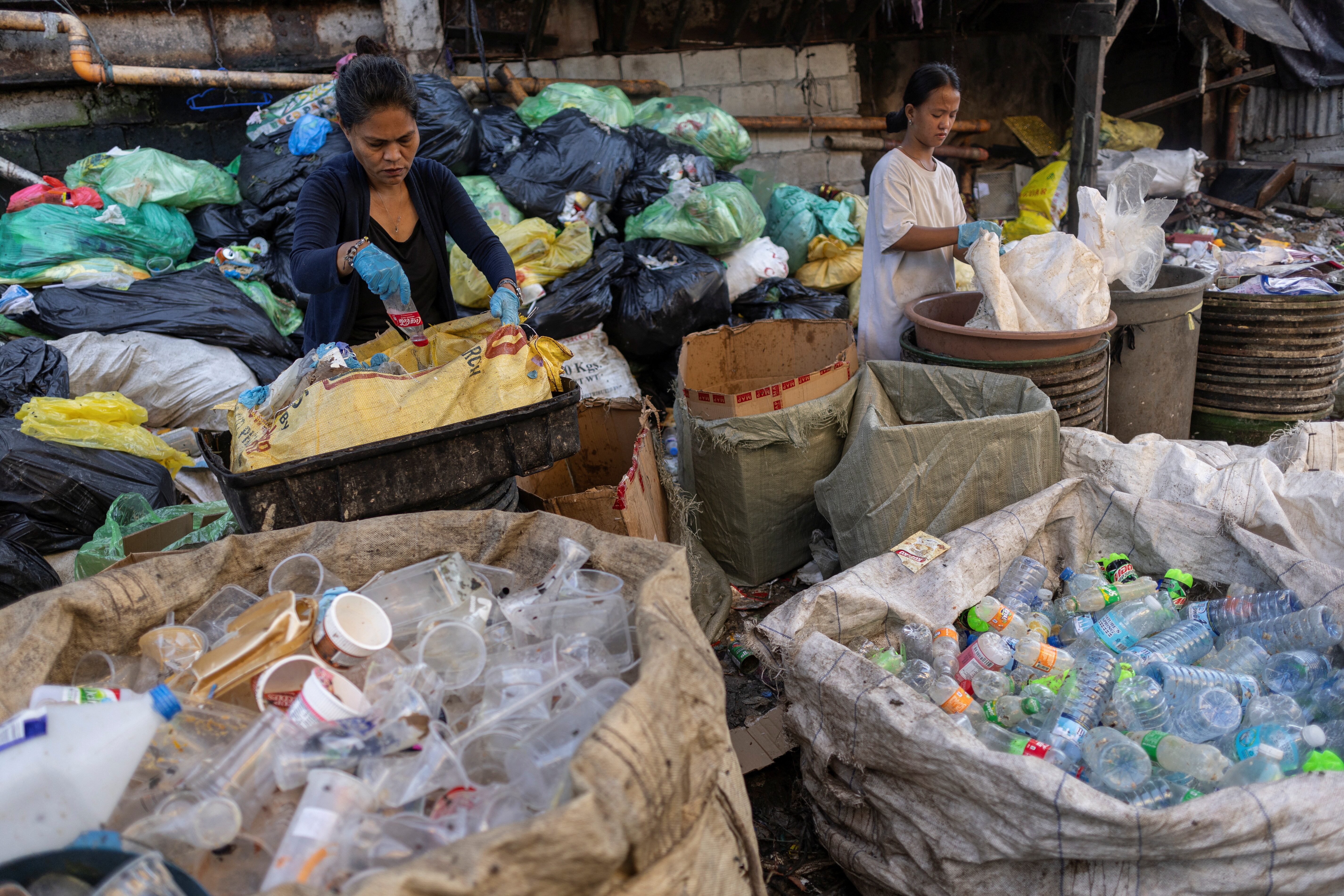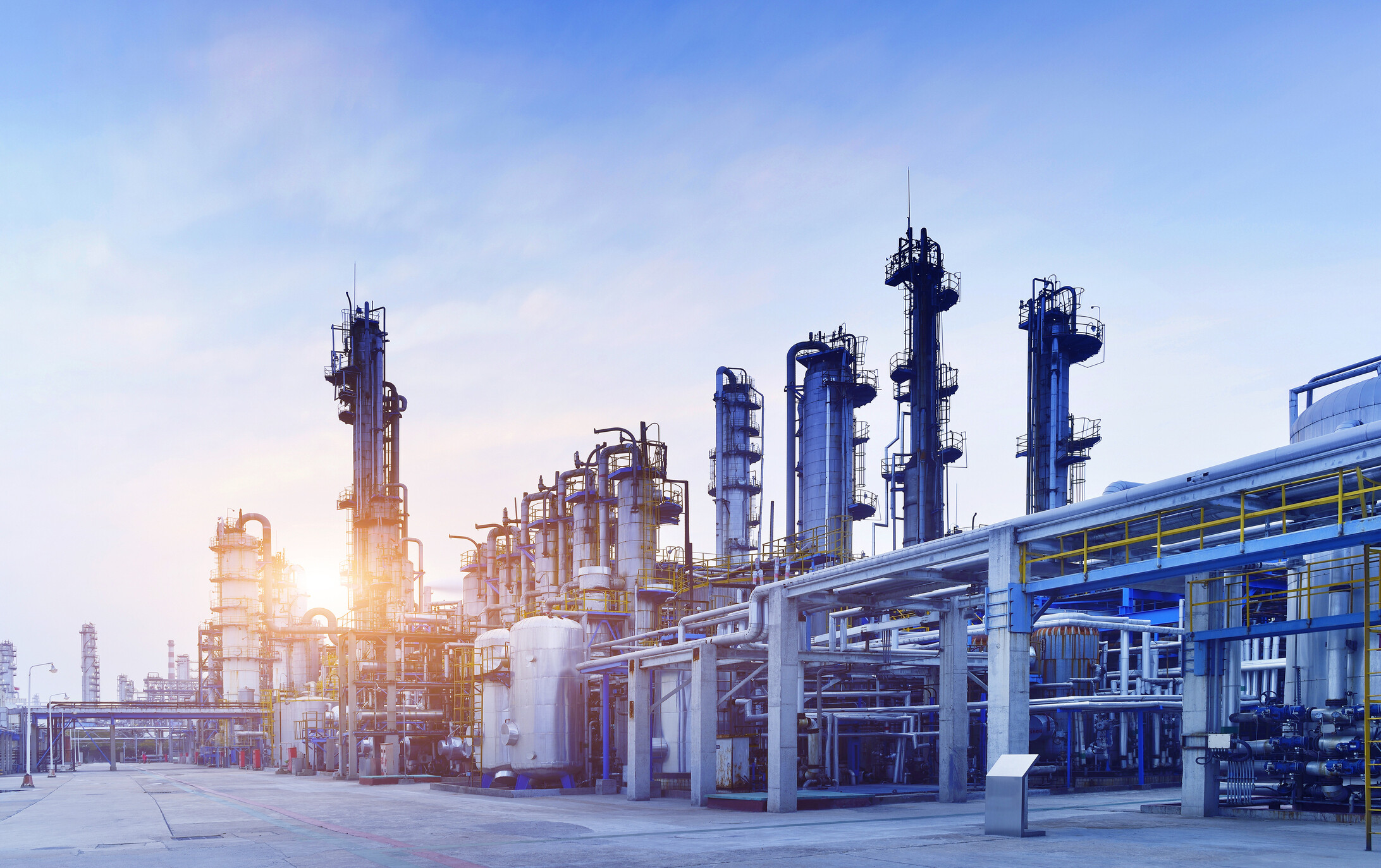We know plastic pollution is bad – but how exactly is it linked to climate change?

Do plastic pollution and climate change have a link? Image: REUTERS/Hemanshi Kamani
Listen to the article
- Many plastics end up in the ocean, where they release greenhouse gases as they slowly break down.
- Plastic incineration is a significant source of air pollution.
- Establishing a circular economy is crucial to reduce plastic pollution.
From bags caught in hedgerows to bottles bobbing in the ocean, the visible signs of our single-use plastic addiction are everywhere. We all know that plastic pollution is a big problem. But what is less talked about is exactly how plastic contributes to global warming.
From the way plastics effect marine environments to how they are disposed of, here’s how they are adding to the climate change problem.
Plastic pollution is on the rise
Our appetite for plastics is fuelling growing demand for petrochemical products, the International Energy Agency says. Even as we try to curb fossil-fuel use in sectors such as transportation and heating, consumption of plastics will only increase, based on our current trajectory. The Center for International Environmental Law (CIEL) estimates that if trends continue, plastics will account for 20% of oil consumption by 2050.
Waste plastic also causes climate change
Getting rid of all this plastic also causes problems for the planet. Just 16% of plastics are recycled – the rest goes to landfill for incineration, or is just dumped.
Much of the plastic that doesn’t make it to the recycling plant ends up in our rivers and ocean. Not only is this a danger to the animals and plants whose habitats have become aquatic garbage patches, but it also poses a threat to the climate, as plastic releases greenhouse gases as it slowly breaks down. Sunlight and heat cause it to release methane and ethylene – and at increasing rate as the plastic breaks down into ever smaller pieces.
On top of this, research suggests that microplastics affect the ability of marine microorganisms to absorb carbon dioxide and release oxygen. At least half of Earth’s oxygen comes from the ocean, mostly produced by plankton. These tiny organisms also capture carbon through photosynthesis, making our ocean a vitally important carbon sink. Microplastics affect the ability of these organisms to grow, reproduce and capture carbon. And by grazing on microplastics, these plankton could further accelerate the loss of ocean oxygen.
This means the pernicious effects of all this plastic pollution on the marine environment are particularly concerning. A plastic-choked and warming ocean will create a negative feedback loop where plant and animal life suffer, less carbon dioxide is absorbed and our ability to rein in climate change is further hampered.
What is the World Economic Forum doing about plastic pollution?
Plastic incineration is also a problem
Open burning of waste is common in many parts of the world and is a major source of air pollution. Burning plastics releases a cocktail of poisonous chemicals that damage the health of the planet and the people exposed to the polluted air. Black carbon is one such serious pollutant – it has a global warming potential up to 5,000 times greater than carbon dioxide.

In 2019, the CIEL estimated that production and incineration of plastic would add 850 million metric tons of greenhouse gases to the atmosphere – equivalent to 189 coal-fired power plants. By 2050 this could rise to 2.8 gigatons of carbon dioxide per year – or 615 coal plants’ worth.
A circular economy is a crucial part of the solution to plastic pollution
Key to tackling the problem of plastic is establishing a circular economy. Plastic that can’t be eliminated from the system needs to be reusable, recyclable or compostable. This requires significant investment in collection and reprocessing infrastructure.
What is the World Economic Forum doing about the circular economy?
Compared with business-as-usual, a circular economy could cut the volume of plastics entering our oceans by 80% each year, according to the Ellen MacArthur Foundation. It could also generate annual savings of $200 billion, reduce greenhouse gas emissions by 25% and create 700,000 net additional jobs by 2040.
Inés Yábar is a sustainability activist and co-founder of Ensemble pour TECHO, an organization seeking to eradicate poverty in South America. She told the World Economic Forum how plastic has become ubiquitous where she lives in Peru. “Since we don't have running water that you can just drink out of the tap, lots of people are still buying water bottles … people are still using plastic bags, although they're technically banned.
“[It’s about] not just thinking about plastic in and of itself, but thinking about sustainable consumption and production as a whole, and what that means for our cities, what that means for transport.
“When we think about [plastic] as part of our global consumption model, then we realize that it's not just about not consuming plastic, but it's about changing the systems that are in place and making sure that we're helping the companies, the citizens, the countries in the decisions that they're making, so that they're not just doing a small step at the time, but it's really a holistic change that disrupts our current system.”
Don't miss any update on this topic
Create a free account and access your personalized content collection with our latest publications and analyses.
License and Republishing
World Economic Forum articles may be republished in accordance with the Creative Commons Attribution-NonCommercial-NoDerivatives 4.0 International Public License, and in accordance with our Terms of Use.
The views expressed in this article are those of the author alone and not the World Economic Forum.
Stay up to date:
Plastic Pollution
Related topics:
Forum Stories newsletter
Bringing you weekly curated insights and analysis on the global issues that matter.
More on Circular EconomySee all
Felipe Basso
November 13, 2025








